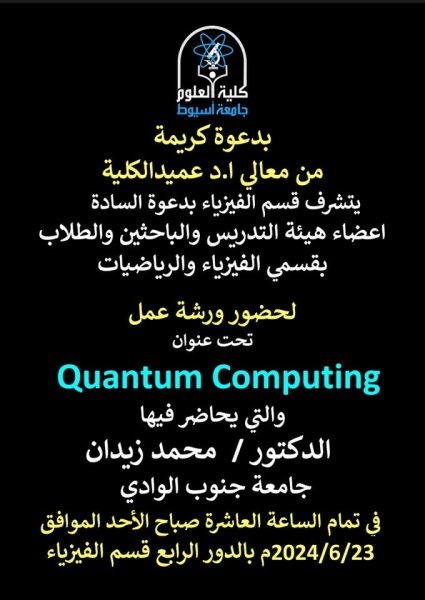Sustainable Use of Marine Macroalga Sargassum muticum as a Biosorbent for Hazardous Crystal Violet Dye: Isotherm, Kinetic and Thermodynamic Modeling
Bioremediation potential of microalgae for copper ion from wastewater and its impact on growth and biochemical contents: equilibrium isotherm studies
Investigation of ruled surfaces and their singularities according to Blaschke frame in Euclidean 3-space
Synthesis and Characterizations of Some New Selenolo[2,3-b]quinoxaline Derivatives
In this paper, we present the synthesis of new selenoloquinoxaline derivatives starting from 2-Chloroquinoxaline-3-carbonitrile 1. The compound 1 was subjected to a reaction with Selenium metal in the presence of NaBH4 as a reducing agent in ethanol, under a nitrogen atmosphere. This reaction resulted in the formation of the sodium salt of 3-cyanoquinoxaline-2-selenolate, which was subsequently reacted with α-halogenated carbonyl compounds in situ. This reaction produced a serious of newly synthesized 3-aminoselenolo[2,3-b]quinoxaline-2-substituents. Ethyl 3-aminoselenolo[2,3-b]quinoxaline-2-carboxylate 3a was hydrolyzed by sodium hydroxide to give the corresponding sodium salt 9. This salt was then refluxed with acetic anhydride to produce oxazinone compound 10. The reaction of compound 10 with ammonium acetate afforded pyrimidoselenolo[2,3-b]qinoxaline derivative 11. Compound 11 was then Chlorinated using phosphorous oxychloride to give the corresponding chlorocompound.
Experimental and simulated TD-DFT study of malachite green dye and tetrahydroquinoxaline hybrid blend: its application removal from wastewater
UV-Irradiation Effects on the Optical Properties of Polyvinyl Alcohol/Carboxymethyl Cellulose/Polyvinyl Pyrrolidone/Tin Chromium Disulphide Nanocomposite Films for their Application in Optoelectronic Devices
A nanocomposite (NC) film containing polyvinyl alcohol (PVA), carboxymethyl
cellulose (CMC) and polyvinyl pyrrolidone (PVP) polymers
and tin chromium disulfide (Sn0.75Cr0.25S2) nanoparticles (NPs)
was prepared using thermolysis and casting techniques. The prepared
NPs were characterized using X-ray diffraction (XRD) and transmission
electron microscopy (TEM) techniques. The induced
alterations in the optical and color properties of the prepared PVA/
CMC/PVP/Sn0.75Cr0.25S2 NC film due to UV irradiation, within fluences
ranging from 10 to 80 Joule/cm2 (J/cm2), were characterized via UV
spectroscopy and the International Commission on Illumination (CIE)
color changes techniques. As the UV fluence increased up to 80 J/
cm2, the maximum fluence used, both the direct and indirect bandgaps
decreased. We attribute this to the dominance of formed chain
crosslinks that destroyed the ordered structure and, thus, increased
the amorphous regions. The effect of UV irradiation on the absorbance,
refractive index, real and imaginary dielectric parameters and
optical conductivity of the NC samples were studied. Furthermore,
the optical color changes between the pristine and the irradiated
films were evaluated. The pristine NC film was uncolored. It showed
significant color changes when irradiated with the UV radiation at
increasing fluences up to 80 J/cm2. The changes in the optical properties
of PVA/CMC/PVP/Sn0.75Cr0.25S2 NC film suggested its usage as
a promising candidate for future optoelectronics characterization
techniques.
Synthesis of MgO nanoparticles by laser ablation and study of their physical and biological properties
Magnesium oxide (MgO) nanoparticles are among the most promising classes of nanomaterials
due to the fact that they have a rapid metabolism, are biocompatible, and are relatively lightweight.
For a considerable amount of time, these particular types of nanomaterials have been the most desired
substitute for hefty metallic substances in applications including photodynamic treatment and cancer
therapy. The primary objective of this research is to Look into the catalytic activity and toxicity of MgO
nanoparticles that have a variety of shapes. In order to conduct an analysis of the MgO that was created,
X-ray diffraction, electron microscopy, and UV-visible spectroscopy were used. Staphylococcus aureus
(S. aureus) and Escherichia coli (E. coli) models that are clinically relevant were used in order to evaluate
the factors that are dependant on toxicity respectively. On the basis of the observation of the UV-vis spectra,
the highest absorbance was obtained, along with a peak absorption that was very noticeable. In order
to determine the band gap that corresponds to MgO nanoparticles, Tauc's figure was used.





